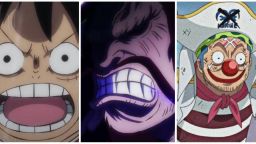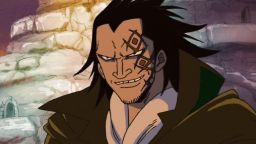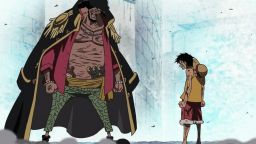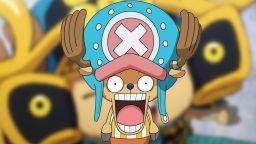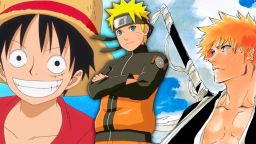In the world of My Hero Academia, 80% of the population is born with some sort of supernatural ability. Quirks grant the user various abilities, such as the ability to breathe fire or transform parts of their body. Because they are inherited, an individual's inherited ability is usually determined by their parents' abilities. The majority of children will inherit one, both, or a combination of their parents' quirks.
Having said that, MHA's quirks have evolved over time. They are classified into four types based on the nature of the ability and how the Quirk works. Emitter Quirks, mutation Quirks, transformation Quirks, and accumulation-type Quirks are the four types.
In My Hero Academia, Emitter Quirks are the Most Common

The most prevalent type of quirk in My Hero Academia is an emitter quirk, which can take many different forms. This kind of quirk enables the user to create, potentially manage, and/or modify their environment. It takes a lot of concentration to use some emitter quirks, which let a person manifest things like water or fire.
Emitter Quirks can be manipulated at will or may require a prerequisite for the user to fulfill. For example, to activate his Brainwashing Quirk, Shinso Hitoshi must have his target answer him. In some instances, users with emitter Quirks can change the composition of surrounding materials on a molecular level, similar to Shigaraki Tomura's Decay Quirk.
The nature of emitter Quirks is adaptable and has a variety of special qualities. The emitter quirks of many characters in MHA include Half-Hot Half-Cold for Todoroki Shoto, Erasure for Aizawa Shota, and Zero Gravity for Uraraka Ochaco. Overusing a Quirk can have serious negative effects on the user, and it often requires extensive training to reduce those effects.
Life Is More Difficult Because of MHA's Mutation Quirks

The mutation from My Hero Academia The user's body is permanently changed as a result of quirks. Because mutations are a part of the user, it might be challenging to carry out menial tasks or fit in with society. Due to his Dupli-arms, Shoji Mezo is unable to dress normally. Due to his reptilian appearance, Spinner became an outcast and eventually turned evil. Curiously, mutations occasionally have no connection to the Quirk shared by all users. Tokoyami Fumikage, for instance, has a bird head, which has nothing to do with Dark Shadow.
Compared to transformation or emitter Quirks, mutation Quirks can grant the user more complex abilities. These users can add to their already-present extremities or enhance preexisting abilities. Mutations cannot turn off, so users are not easily affected by erasure Quirks or drugs.
The Evolution of My Hero Academia Anomalies Change the Physical Body

Users with transformation quirks can temporarily change how their bodies look. They have the ability to regenerate new body parts, alter existing extremities, or even amputate entire limbs. Transformation quirks can improve a user's body's inherent abilities. For instance, Tetsutetsu's Steel and Kirishima Eijiro's Harden Quirk both enable them to harden and transform their entire body, boosting their defensive stats.
However, the nature of transformation Quirks doesn't give them the same versatility as emitter Quirks; most users have to rely on close-range combat. Additionally, this Quirk type can create multiple drawbacks. Transformation Quirks are temporary so if the character overuses their ability, their Quirks' effects can wear off quickly.
Accumulation-Type and Multi-Category Quirks Are Also Present in MHA

Sometimes a person's quirks can be classified in more than one category. When a character possesses a mutation-type quirk in addition to a transformation or emitter quirk, this frequently happens. An example of an emitter type is Ashido Mina's Acid Quirk. But because of this, her skin is also pink. New combinations can emerge depending on the Quirk types the parents share because genetics play a significant role in the Quirks that are inherited. In even rarer situations, like Eri's rewind, the child may have a gene mutation that causes them to have a Quirk that neither of their parents possesses.
In other instances, an individual's Quirk can fall under more than one category. This often occurs when a character has a mutation-type Quirk in addition to a transformation or emitter Quirk. For example, Ashido Mina's Acid Quirk is an emitter type. As a result, however, her skin is also pink. Genetics play a significant role in the Quirk inherited, so new combinations can form depending on what Quirk types the parents have. In even rarer cases, such as Eri's rewind, the child can have a mutated gene which results in a Quirk that neither parent has.


